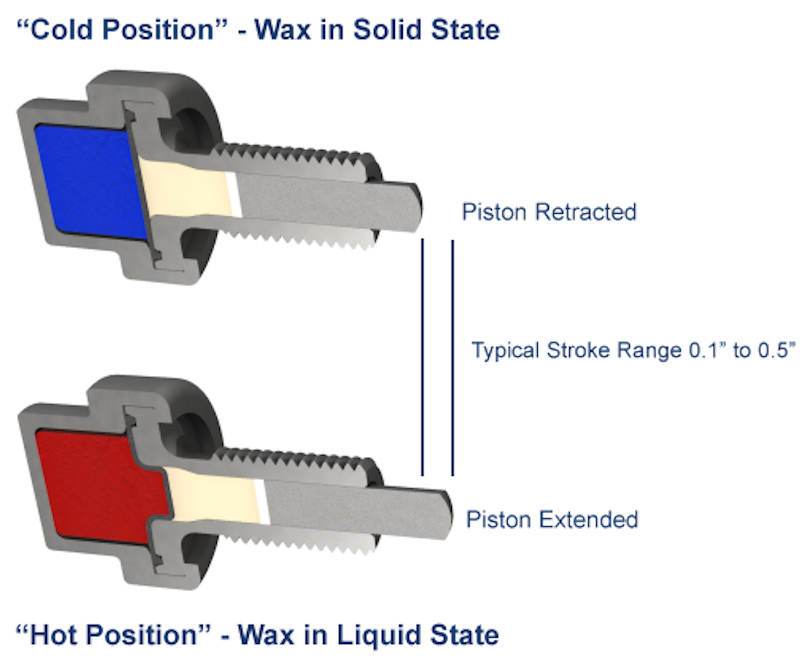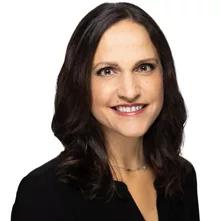At the 2022 AHR Expo in Las Vegas, ThermOmegaTech will announce its new CircuitSolver cold water thermostatic balancing valves for cold water recirculation systems. The valves are designed to help mitigate the risk of Legionella in cold water systems during periods of low flow or non-use.
CircuitSolver hit the market in 2012 as the first thermostatic balancing valves designed for domestic hot water systems — designed and manufactured by ThermOmegaTech, which has been designing and manufacturing thermal valves and actuators for more than 35 years for use in industrial applications.
Plumbing Engineer recently spoke with Tom Ruggiero, head of business development at ThermOmegaTech, about the manufacturer’s new product.
Plumbing Engineer: Why did ThermOmegaTech develop cold water thermostatic balancing valves for cold water recirculating systems?
Tom Ruggiero: Cold water thermostatic balancing valves were developed primarily in response to cold water recirculation projects by the Department of Veterans Affairs (VA) that were driven by the Veterans Health Administration (VHA) Directive 1061, which references implementing cold water recirculation under certain conditions. We implemented CircuitSolver cold water recirculation at several VA facilities around the country.
We also see the use of the technology in HVAC/hydronic systems, balancing chilled water systems, and cooling fan coils. We have started to see some interest in health care other than the VA.
PE: What are the benefits of installing cold water thermostatic balancing valves?
TR: Recirculating cold water in domestic cold water systems eliminates stagnant water that promotes harmful bacteria growth; it provides consistent distribution of residual chlorine throughout the domestic cold water system; it keeps cold water temperatures balanced throughout the cold water system, helping to mitigate the growth of Legionella; it complies with the VHA 1061 Directive relative to cold water recirculation; and, overall, it minimizes the health risks of building occupants.
PE: How do the valves work?
TR: The goal with cold water balancing is to keep the cold water circulating in the cold water system and balance the branches in the system such that all are at the same temperature. When the water in the branch is more than 10 F above the desired cold water temperature, the valve is fully open, providing for maximum flow and drawing as much cold water in as possible.
As the water in the branch starts cooling, approaching the desired temperature, the valve begins to close, limiting the flow in that given branch. If/when the water in the branch starts to warm up, the valve will proportionally open, increasing the flow of water. It is a temperature device solving a temperature problem.
All our valves are based on paraffin wax actuator technology. This technology has been around since the early 1900s, if not earlier. It is based on the expansion and contraction of the paraffin wax within the actuator. The wax goes through a phase change from solid to liquid as temperature increases. This causes a large increase in volume, which, in turn, forces a piston to extend. This opens a cold water balancing valve or closes a hot water balancing valve. (See Figure 1.)

We are the only manufacturer of plumbing products that designs and manufactures our own thermostatic (paraffin wax) actuators. All other plumbing valve manufacturers outsource their actuators.
PE: When is the valve activated?
TR: In a sense, the valve is always “activated.” It is self-activating (no external power source required), so it is always responding to the temperature of the fluid going through it. It operates over a 10 F range. For instance, the valve is specified for the desired return temperature of 60 F. At 70 F (10 degrees above the desired return temperature), the valve is fully open. At 65 F, the valve is approximately 50 percent open and at 60 F, the valve is in its closed position.
By closed, we don’t mean a tight shutoff. There is a designed-in bypass that always allows flow back to the pump such that the pump is never dead-headed.
PE: Where are the valves connected in a commercial plumbing system?
TR: The valves are installed in the same location as in a domestic hot water recirculating system — at the end of a branch/riser before the circulating return line. (See Figure 2.)

PE: Can these valves be retrofitted into existing plumbing systems, or are they designed for new installations?
TR: They can be retrofitted — which we did at the VA sites. The challenge is adding the necessary return lines as well as a pump. It is definitely less of a challenge with new construction.
PE: What certifications or standards does the cold water balancing valve comply with?
TR: Currently, there are no balancing valve standards. It is amazing after all of these years and with the proliferation of codes, certifications and standards in the plumbing industry that one was not developed for balancing valves.
PE: Are there any other cold water balancing valves for cold water recirculating systems on the market, or is this a first?
TR: This is the first cold water thermostatic balancing valve on the market. Manual balancing valves also can be used. However, they are not dynamic and won’t respond to the changing conditions experienced in both hot and cold domestic water systems.
PE: What applications are best suited to CircuitSolver?
TR: Balancing hot and cold recirculating domestic water systems.
PE: What types of buildings are best suited for the valves?
TR: Any multistory buildings are candidates for cold or hot water recirculating valves.
PE: What approvals/certifications does CircuitSolver have?
TR: CircuitSolver hot and cold water balancing valves are NSF 61-certified, which is mandated by code in most, if not all, states. We are also compliant with Section 1417(d) of the Safe Drinking Water Act, Section 116875 of the California Health & Safety Code, and the Buy American Act.
CircuitSolver hot water balancing valves have Massachusetts Board approval; we will be applying for this approval for the cold water balancing valves soon.
PE: Tell us about the warranty.
TR: Our products have a three-year warranty, but we’ve installed valves for more than 10 years with no failures.
PE: How will you showcase the new product at the 2022 AHR Expo in Las Vegas?
TR: We will have sample valves and a live demonstration of the valve opening in hot water and closing in cold water.





